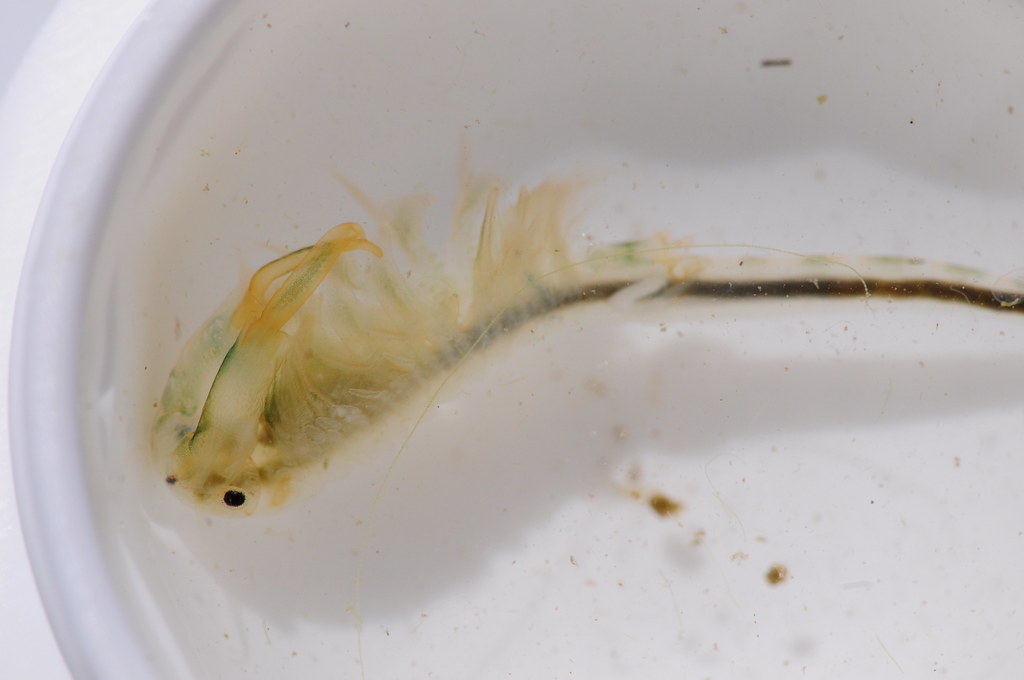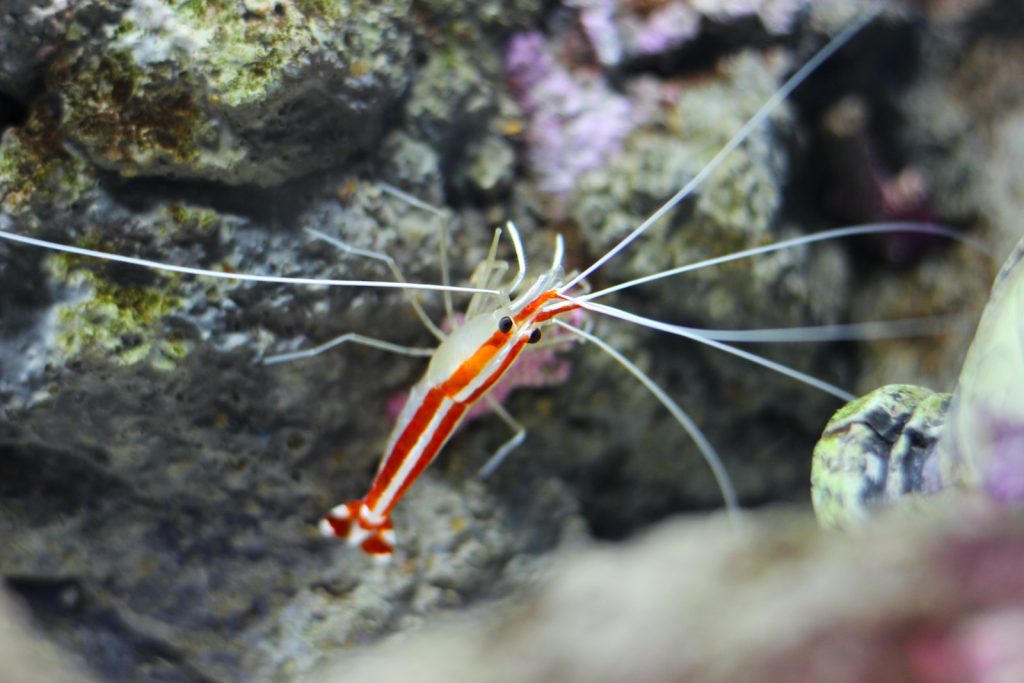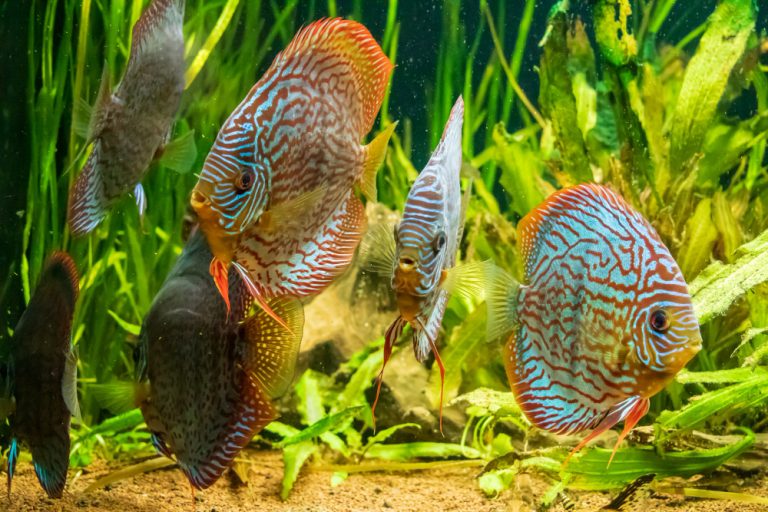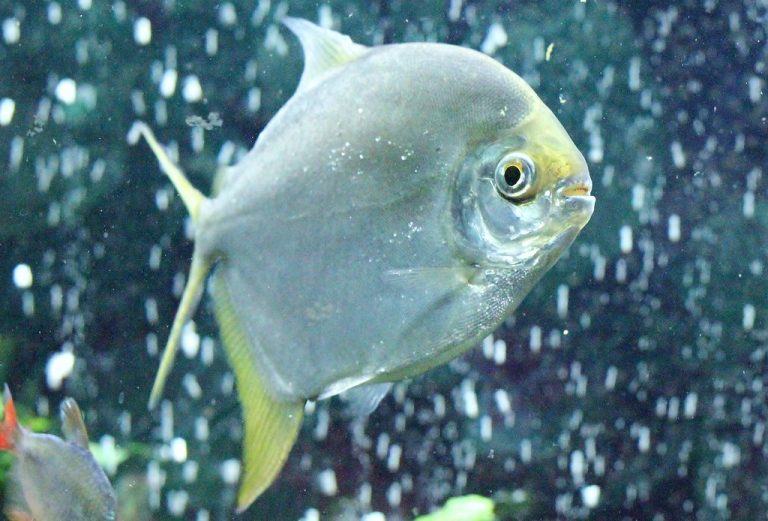Fairy Shrimp vs Brine Shrimp
In the vast realm of aquatic life, two fascinating creatures, the fairy shrimp and the brine shrimp, often take center stage. These tiny wonders of nature may seem similar at first glance, but they possess distinct characteristics that set them apart. This comprehensive guide will delve deep into the aquatic world and uncover the intriguing differences between these two remarkable creatures. So, let’s dive in! Fairy Shrimp vs Brine Shrimp.
The Enigmatic Fairy Shrimp
Fairy Shrimp: Guardians of Vernal Pools
Fairy shrimp, scientifically known as Anostraca, are enchanting creatures that predominantly inhabit temporary aquatic habitats known as vernal pools. These temporary pools form during the rainy season, providing a unique breeding ground for these delicate beings. Fairy Shrimp vs Brine Shrimp.

A Glimpse into Fairy Shrimp Anatomy
To understand fairy shrimp better, it’s essential to explore their anatomy. These tiny marvels have translucent bodies, which allow us to observe their internal organs. Their most distinctive feature is their large, feathery, and branched appendages, which they use for swimming and filter-feeding. Fairy Shrimp vs Brine Shrimp.
Feeding Habits of Fairy Shrimp
Fairy shrimp are primarily filter feeders. They use their intricate appendages to filter tiny particles and microorganisms from the water. This filter-feeding behavior is a crucial aspect of their ecological role, contributing to the health of vernal pool ecosystems.
Life Cycle and Reproduction
One of the most captivating aspects of fairy shrimp is their unique life cycle. They exist in two forms: an active adult stage and a dormant cyst stage. Their reproductive strategy involves the production of cysts that can survive harsh environmental conditions. When conditions are favorable, these cysts hatch into active fairy shrimp.

The Versatile Brine Shrimp
Brine Shrimp: Survivors of Saline Waters
Brine shrimp, scientifically known as Artemia, are renowned for their ability to thrive in highly saline environments. They are often found in salt lakes, pans, and hypersaline lagoons.
Adaptations for Salinity
The most striking feature of brine shrimp is their exceptional tolerance to high salinity levels. They achieve this by actively accumulating salt ions in their body, effectively equalizing the salt concentration inside and outside their cells.
Brine Shrimp as a Valuable Food Source
Brine shrimp are survivors and an essential part of aquatic food chains. They serve as a primary food source for various marine organisms, making them indispensable in aquaculture and the aquarium industry.
Egg-citing Reproduction
One remarkable aspect of brine shrimp is their reproduction through cysts. These cysts are highly resistant to desiccation and can remain dormant for extended periods, waiting for the right conditions to hatch. This adaptive strategy ensures their survival in unpredictable environments.
Fairy Shrimp vs Brine Shrimp: A Head-to-Head Comparison
Fairy shrimp and brine shrimp, though both part of the intriguing world of aquatic life, couldn’t be more different. Fairy shrimp, with their delicate, almost ethereal appearance, call freshwater vernal pools home, while brine shrimp are the salt-loving daredevils of salt lakes and pans. Fairy shrimp are like the fancy ballerinas of the aquatic stage with their transparent bodies and feathery appendages, whereas brine shrimp keep it simple and streamlined. In the dining department, fairy shrimp are the conscientious filter-feeders, while brine shrimp are more of the “clean-up crew” munching on detritus. Both shrimps have a secret weapon – they can become dormant cysts when times get tough.
FAQs
Q: Can fairy shrimp survive in salty water?
A: No, fairy shrimp are highly sensitive to salinity and can only thrive in freshwater environments like vernal pools.
Q: Are brine shrimp edible for humans?
A: Yes, brine shrimp are indeed edible and often used in various cuisines worldwide.
Q: Do fairy shrimp and brine shrimp have any predators?
A: Yes, fairy shrimp and brine shrimp serve as food sources for various aquatic organisms, including insects and small fish.
Q: Are fairy shrimp and brine shrimp endangered?
A: Some species of fairy shrimp are indeed endangered due to habitat loss, while brine shrimp are more adaptable to a wide range of environments and are less threatened.
Q: Can I keep fairy shrimp or brine shrimp as pets?
A: Yes, both fairy shrimp and brine shrimp can be kept as pets in controlled aquatic environments.
Q: Do these shrimp have any economic importance?
A: Brine shrimp are economically important in aquaculture and the aquarium trade, while fairy shrimp play a crucial ecological role in vernal pools.
In Conclusion
In the mesmerizing world of aquatic life, fairy shrimp and brine shrimp captivate us with their unique characteristics and survival strategies. While fairy shrimp enchant us in their temporary freshwater abodes, brine shrimp defy the odds in the harshest saline environments. Each species contributes to the intricate tapestry of aquatic ecosystems, reminding us of the wonders of nature.
As you delve deeper into the aquatic realm, please take a moment to appreciate these small yet remarkable creatures, each with its own story. Whether it’s the ethereal beauty of fairy shrimp or the tenacity of brine shrimp, they both remind us of the incredible diversity and resilience of life on our planet.






